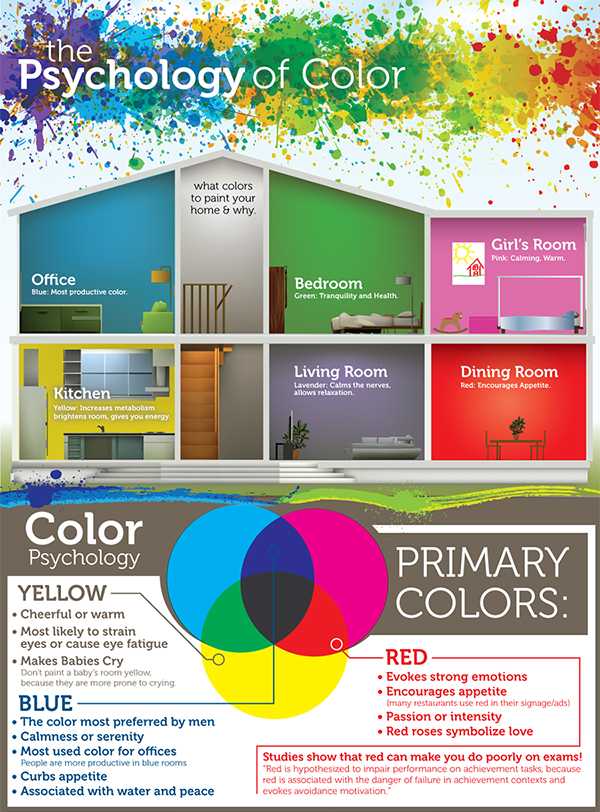So yellow makes babies cry?
From ridiculous claims to scientifically proven correlations, the psychology of color relates to your life in ways you wouldn’t think of.
This infographic of color psychology popped up on my StumbleUpon the other day, and it immediately caught my eye. The color of my room means something? Certain pigments spark certain behaviors? Sweet.
As I read further, I got a little worried. My room is predominantly black, and according to this information, black as an accent color means evil, death, mourning and slimming.
Um.
So I guess while I’m plotting to kill and grieving loss, at least I’ll look skinny and stunning wrapped up in my comforter.
I prefer the second advertising description of black: “for luxury items, to enhance the feeling of sophistication.”
Much better.
The graphic also suggests to paint your kitchen yellow; it increases metabolism, and your dining room red; it encourages appetite. I can only imagine how much food Chiefs fans chow down while tailgating in red and yellow tents, color-enhanced super stomachs digesting at warp speed.
Yellow not only increases metabolism, it also strains eyes and makes babies cry. I wonder if this is why hungry children on the school bus don’t ever seem too happy.
Wait, here we go, take a look at the purple square with the white crown: Royalty, wealth, success and wisdom. Can you say Huskies?….Maybe I’m biased. Keep an eye out for royalty in purple robes (or suits).
As for red, a study found that students performed worse on exams after being exposed to the color. Is this the reason why Blue Valley West’s average ACT score was lower than BVNW’s last May?
While some of the color explanations gave me an overexaggerated school spirit boost, others I still had a hard time believing. My dubiousness led me to another site that gave the psychology of color a bit more credibility. Studies have shown significant relationships between behavior and color, from pills to streetlights to uniforms. More scientists are getting engaged in color psychology, but there are so many situational factors to be considered.
So don’t expect to knock out a hundred tasks a minute simply because you’re in a blue room, but there could be some underlying correlations. Let’s take it a study at a time before we tie-dye everything.

It's undeniable: life is stressful. And every now and then, we need an escape from our overwhelming routine. Whether you go on a run or shut out the world with headphones, everyone has different ways to escape mental anxieties and chase peace of mind. I'll blog about my own liberations—the things that flood my mind with blissful endorphins, let me forget about stress and appreciate this phenomenal world—and hope you find similar solace, or inspiration to find your own. It’s often music, a thought or an experience, or maybe just something I discovered while browsing the Internet or taking a walk. Who knows exactly where I’ll take this, but hey, surprises release endorphins, too.
"Happiness is not achieved by the conscious pursuit of happiness; it is generally the by-product of other activities." - Aldous Huxley
Cara's full intro blog
Read more stories...








